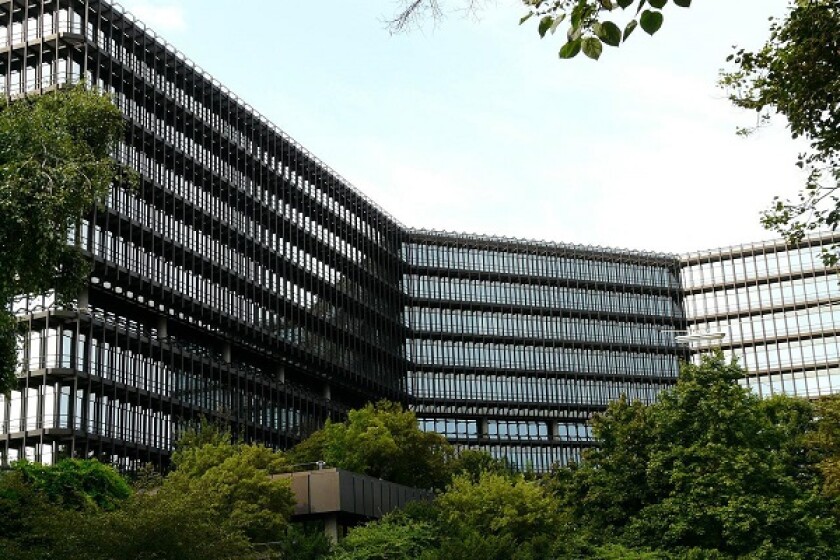In consolidated cases T 1513/17 and T 2719/19, a technical board of appeal has referred two questions to the Enlarged Board of Appeal (EBA) on the issue of entitlement to priority.
More specifically, the EBA is to consider if the EPC confers jurisdiction on the EPO to determine whether a party validly claims to be a successor in title to a previously filed application, from which priority is claimed. Phrased differently, if party B claims priority from an application filed in the name of legal entity A, is the EPO competent to assess if party B has validly obtained the right to claim priority from party A?
The matter is pending before the EBA under as G1/22 and G2/22. If the EBA holds that the EPO indeed has the authority to determined whether the party claiming the priority is the successor in title to the previously filed application, the EBA is further asked if a party B can validly rely on the priority right claimed in a PCT application in the case where a PCT application designates party A as applicant for the US only and party B as applicant for other designated States and regions, including the EPO, and the PCT application claims priority from an earlier application filed in the name of party A.
Such issues relating to priority arise frequently, for example in respect of applications claiming US priorities, in respect of which the inventor is named as the applicant, whereas the subsequent application claiming the priority is filed in the name of a corporate entity. For PCT applications, oftentimes, the inventor is named as the applicant for the US only, and the corporate entity is named as applicant for all other jurisdictions.
One possible outcome of the new referral is that the EBA endorses the ‘joint applicants’ approach which suggests that the priority claim of a PCT application commonly filed by joint applicants is valid if any one of the applicants is properly entitled to the claim to priority. In any event, applicants and their representatives are well advised ensuring an unbroken chain of assignments between applicants in cases where the applicant named in the priority application is not identically named in the application claiming the priority.
Jakob Pade Frederiksen
Partner, Inspicos P/S










